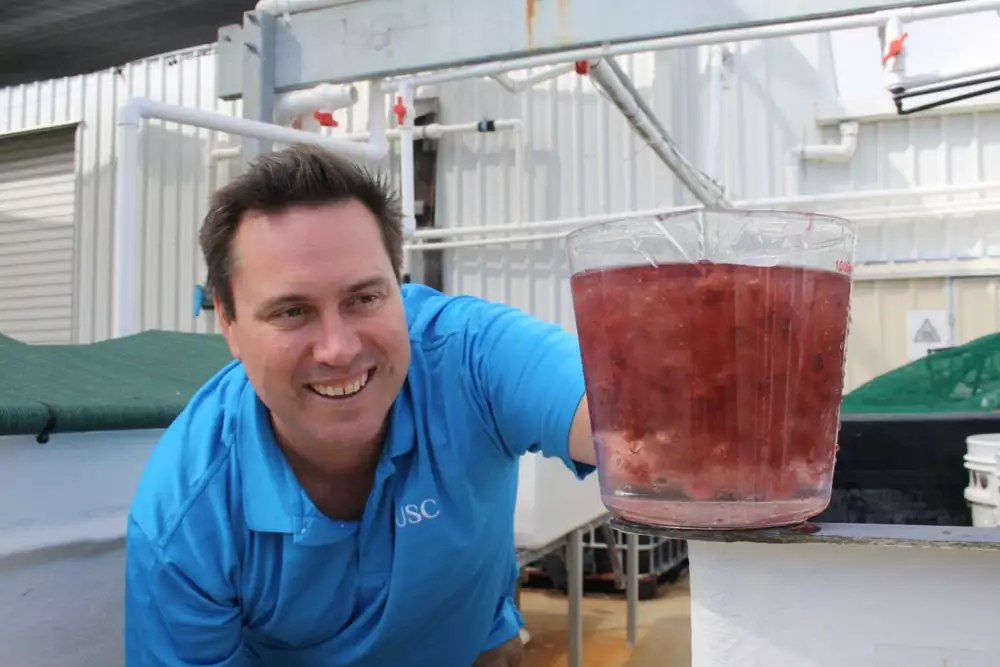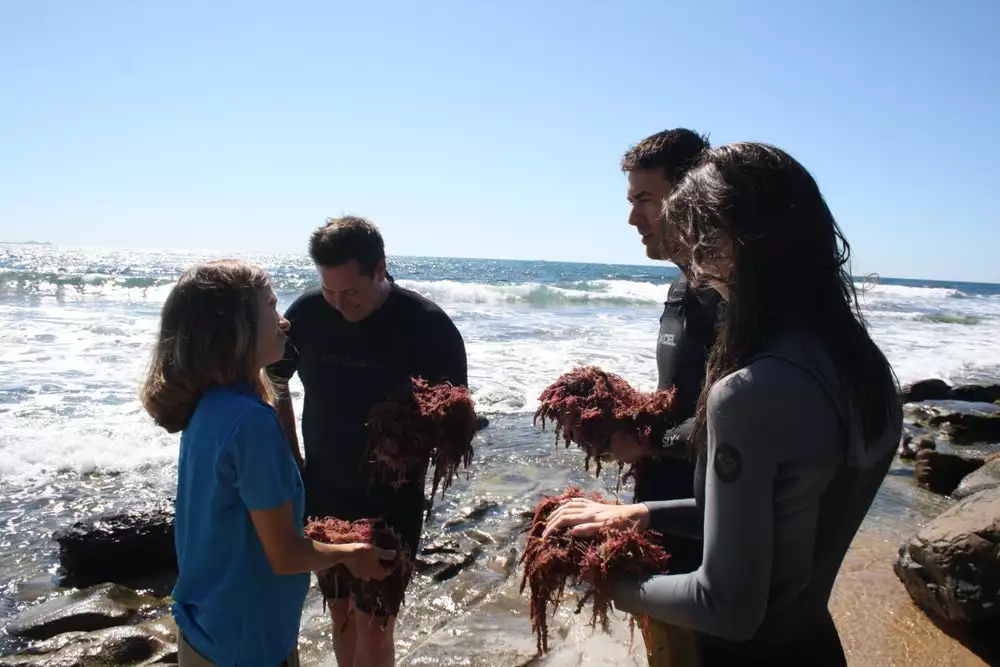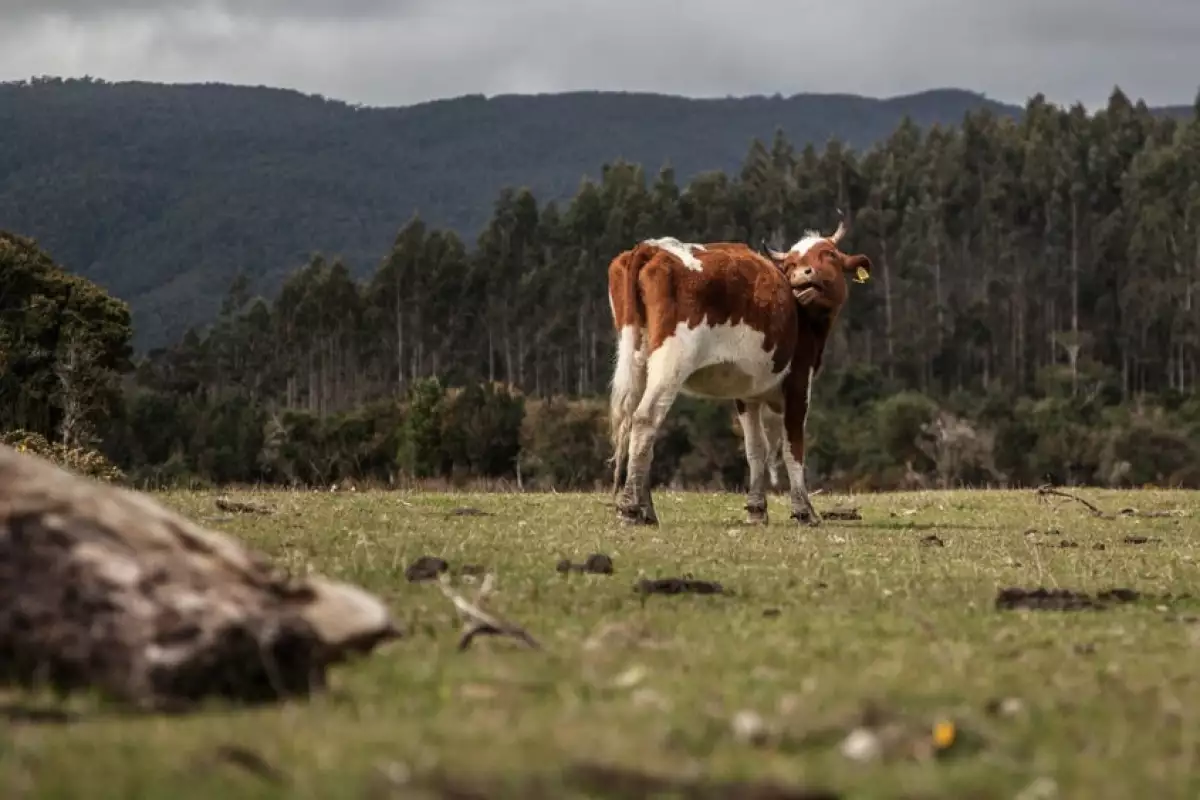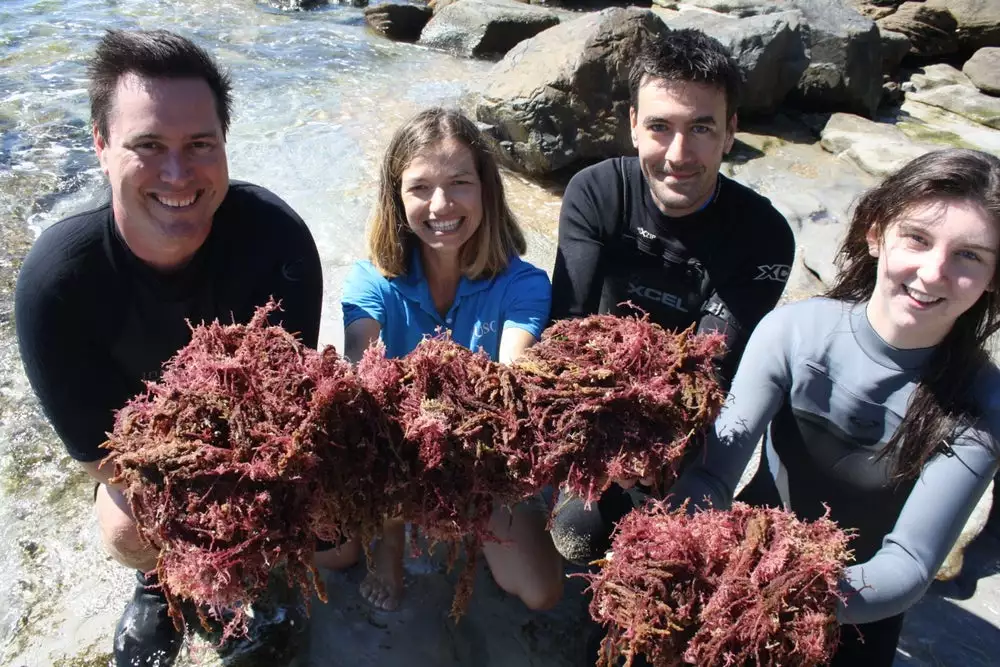Fossil fuels burnt for things like energy and transportation might be the first things that come to mind when considering climate-changing greenhouse gas emissions, but a sizable portion also come from agriculture – around 9 percent, according the EPA. Within that, the methane belched out by the world's cows is a particularly potent contributor, but scientists are preparing alternative diets for these livestock that could cut these harmful emissions out altogether.
Though methane isn't nearly as abundant in the atmosphere as carbon dioxide, it is much more effective at trapping heat, making it around 28 times more potent as a greenhouse gas. Methane emissions can come from many sources, including the fertilizer industry, leaky gas facilities, the world's reservoirs, and also, the bellies of farm animals.
As the microbes in the stomachs of livestock break down the food they consume, they produce methane that builds up in the belly and is released from either end of the animal, but predominantly via the mouth in the form of burps. According to the United Nations' Food and Agriculture Organization, livestock account for 14.5 percent of greenhouse gas emissions worldwide. Of that, methane emissions make up almost half. Which is to say, there is plenty of motivation to help these animals clean up their act.
Back in 2014, scientists at Australia's CSIRO published a paper describing a new kind of supplement that could be added to the diet of cattle to completely eliminate methane from the equation. The puffy, pink seaweed known as Asparagopsis taxiformis, grows naturally in the tropical waters of Queensland, Australia, and plucking it from the wild and working it into the feedstock of cows appeared to disrupt the activity of the methane-producing microbes in their bellies in the most useful of ways. So much so, it has been found to reduce methane production by more than 99 percent in laboratory testing.

There are parallels between this and other research ventures, such as a project at the Autonomous University of Mexico State that found feeding cattle tropical leaves could also positively interfere with their digestion, and other research that looks into manipulating the gut microbiota itself. But ongoing research into the Asparagopsis taxiformis has continued to show that it presents a particularly promising path forward, as biologist Nicholas Paul explains.
"Since CSIRO's initial research, further long term studies have been conducted to confirm beef and milk is unaffected, and that the cows will continue to eat the seaweed over time," Paul tells New Atlas. "It's since been found that it ticks all of these boxes. If anything, we've been reassured that this is a positive for consumers, cows and for the environment."
Paul leads the Seaweed Research Group at Queensland's University of the Sunshine Coast, where he and his team are optimizing this method of tackling climate change, with an eye to farming the puffy seaweed on a massive scale. Having identified the chemical compound responsible for methane reduction, the scientists are now working through various sub-species of the seaweed to determine which kind will be the most fruitful.
"The next steps are to identify which strains of Asparagopsis are the fastest-growing or have the highest amount of the active ingredient, and prove this over time so that we are confident in the repeatability of our work," Paul says. "We do that by collecting different individual seaweeds off the coast, analyzing their bioactives, domesticating them into culture and then keeping the seaweed in tanks."

From there, the team hopes to take their research beyond the lab and out to sea, in the form of massive seaweed farms that can be leveraged to tackle Australia's methane emissions initially, and ultimately the globe's. Paul says research groups around the world are expressing interest in the approach and publishing papers of their own on the effects of Asparagopsis taxiformis, though there is plenty to play out before any kind of worldwide rollout.
"It is a very big transition stepping from tightly controlled indoor conditions into the real world of light, temperature and other environmental swings that happen on a daily basis," Paul says. "We use laboratory cultures as stock cultures, preserving particular strains of interest. However, all of our R&D work happens at the outdoor scale. This is critical as the next step is taking it beyond the tanks and into the sea."
Casting an eye further afield, producing Asparagopsis taxiformis on a large-enough scale to put a dent in Australia's methane emissions would be a monumental undertaking requiring huge off-shore facilities. The 2.5 million cows in Australia on feedlots (not including those on pasture) eat around 10 kg (22 lb) of feed a day. But Paul says that just a sprinkle of the seaweed, equal to around one percent of their daily feed, can do the trick. And achieving the necessary output, the biologist believes, is a realistic proposition.
"When we do the calculations we would need at least 2.5 thousand hectares of farming area off the coast for just the feedlot portion, once the aquaculture production has been developed and optimized," he explains. "Conveniently, the great Sandy Marine Park in Wide Bay, Queensland, has 15,000 hectares of area zoned for aquaculture for just these types of activities. So that is not an insurmountable number. Our neighbors Indonesia and China produce hundreds of thousands of dried seaweed product a year already. It can be done."
Source: University of the Sunshine Coast





